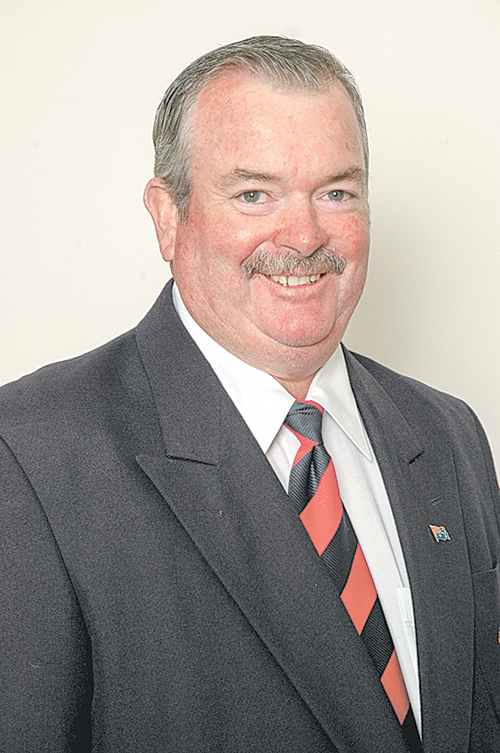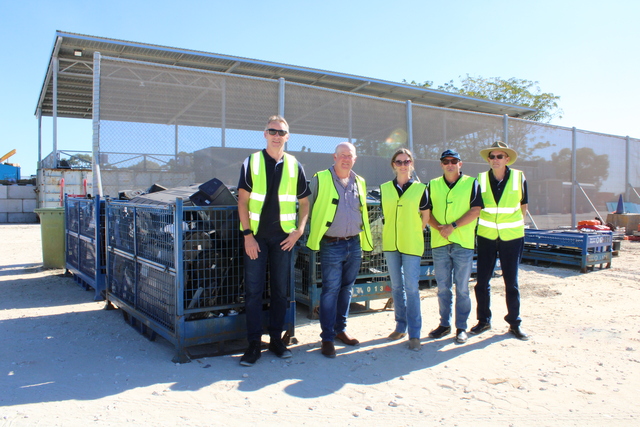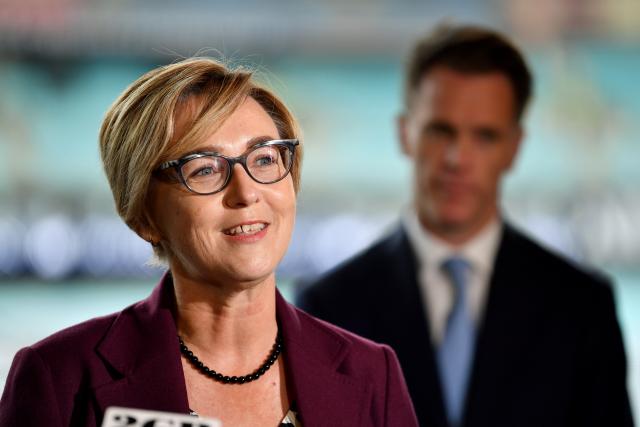It’s an old story that death and taxes are the only sure things in life, but the unwavering eagerness of state governments to reduce the number of local councils certainly seems to be right up there too.
NSW has for some time now been working through a process of local government reform, originally designed to strengthen the financial sustainability of councils. The objective was never pointless structural change, but meaningful reform designed to overcome systemic funding model failures and strengthen councils’ ability to deliver the infrastructure and services our communities deserve.
We have pointed out over and over again that structural change is not the answer – that there is no evidence that council mergers create downward pressure on rates, or improve services to residents and ratepayers.
We have consistently urged the Government to ‘Fix the Funding First’ – a move that requires, amongst other reforms, an end to the cost shifting and rate pegging that squeeze councils from both ends.
Unfortunately, the NSW Government’s ‘Fit for the Future’ approach to reform has narrowed to a single tight focus – dramatically reducing the number of councils through a series of amalgamations, both voluntary and otherwise.
Needless to say, residents and ratepayers across the state have responded with anger and dismay. In Sydney alone, polling earlier this year showed that less than one in five residents were in favour of the proposed mergers.
Last month, the Independent Pricing and Regulatory Tribunal’s (IPART) pronounced the majority of NSW councils were “unfit” for the future, even though more than 90 percent of metropolitan councils and 75 percent of non-metropolitan councils were found to meet IPART’s own financial criteria and be financially sustainable. Most failed on “scale and capacity”, a Catch-22 clause that automatically found councils rejecting amalgamation as “unfit”. Those councils have now been given until 18 November to propose a merger, and the Government is refusing to reveal its intentions for the holdouts.
The process has now been rightly revealed as a sham by a Parliamentary Inquiry, which handed down its findings on the Fit for the Future process on 29 October. The Inquiry found the Government had failed to make a case for forced council amalgamations, and applied “unreliable” criteria, which necessitates the withdrawal of Government claims councils are unfit.
Other key Inquiry recommendations welcomed by the sector included:
- That the NSW Government commit to a policy of no forced amalgamations, unless councils face bankruptcy or are unable to maintain an acceptable level of service provision
- That the State Government cease its cost-shifting practices and ensure adequate ongoing funding accompany services, assets or regulatory functions handed over to local councils
- That the option to form Joint Organisations – a collective arrangement designed to provide efficiencies without diminishing local democracy or identity – be open to all councils in NSW, not just those arbitrarily selected by the State Government and
- That NSW Local Government Minister Paul Toole work cooperatively with the sector to seek a reversal of the Federal freeze on the indexation of Financial Assistance Grants
These are all fine recommendations with the strong support of the sector, and the ball is now in the NSW Government’s court. Will Premier Mike Baird recognise the political and opportunity cost of failing to work cooperatively with the sector and the community to achieve real and meaningful reform? Or will his Government push ahead with ideologically-driven forced amalgamations? Watch this space.








